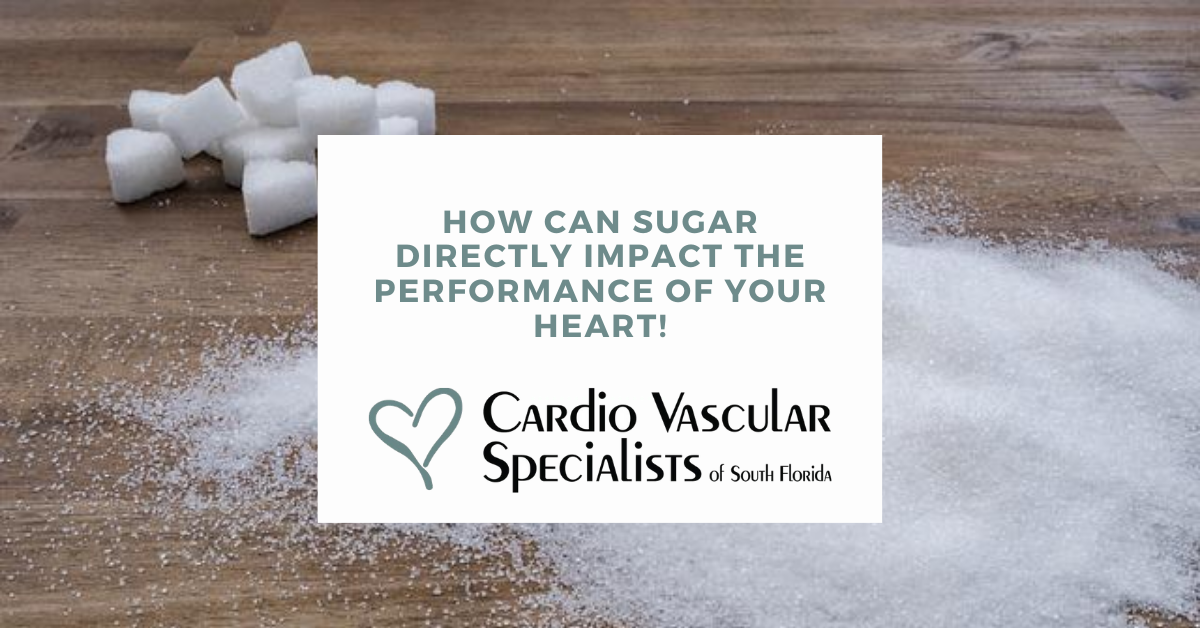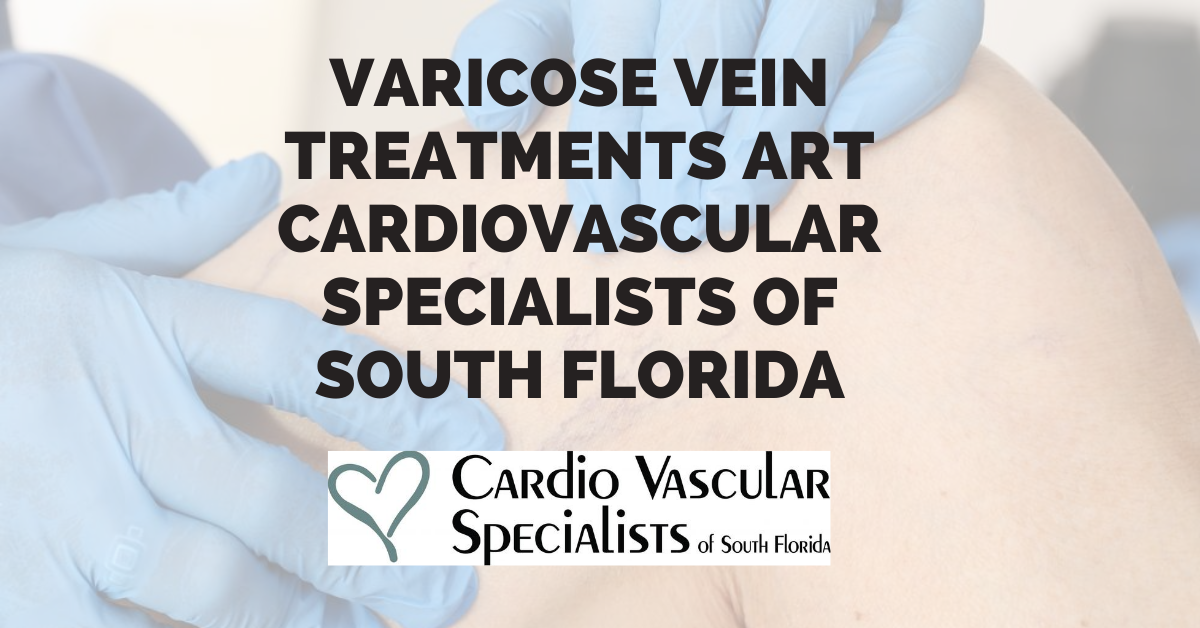Varicose Veins are not Just a Women’s issue! Men, beware!
What exactly are Varicose Veins?
The varicose veins are an uncomfortable condition where the body’s veins, more commonly in the legs, become twisted and enlarged. Even though they can grow anywhere in the body, it’s more profound in the legs. There is a myth that only women are not the risk of getting affected by varicose veins. We are here to bust that myth and tell you that even men are prone to this dangerous veins problem.
Even though varicose veins are not considered a serious medical threat, they can cause discomfort, public embarrassment, and potentially big issues. The other types of varicose veins that grow apart from the legs are hemorrhoids, which usually forms in the rectum area.
Another form is called varicoceles that forms in the testicles and is often connected to the condition of infertility amongst men. The other form of varicose veins is called spider veins that attack the smaller blood vessels in the vein’s valves.
Varicose veins are also found in the stomach, esophagus, or the liver section of the body in some instances.
How are spider veins different from varicose veins?
Spider veins are a sister concern of varicose veins that are smaller and derive their name from the formation; they create a spider web. They’re most commonly found on the legs, and the face, are either blue or red in color, depending on your age and sex.
How do varicose veins form on your body?
The condition of varicose veins is formed by an elevation of blood pressure in the veins. They usually occur within the surface of the skin (outer-part). When the blood flows to the heart in valves through the veins, but the heart doesn’t get much, there’s extra pressure on the valves, and hence, they become either damaged or weak.
The blood then keeps collecting in the veins, making it enlarged or twisted. This condition is called varicose veins. They usually occur when you have long periods of sitting or standing, causing a clog of the blood in your veins. A sudden increase of pressure on the veins results in weakening the valves and further damage to the veins.
Who are at risk of attracting varicose veins?
As we mentioned earlier, only women are prone to varicose veins is a myth, and even men are at risk of getting affected by it. It’s commonly caused due to the family’s inheritance as well. Other factors that cause undue pressure on the valves are as follows:
- Obesity
- Age
- Pregnant women
- Inactive lifestyle
- Smoking
- Contraceptives (oral)
Potential risks with severe varicose veins:
A serious medical condition called Deep Vein Thrombosis, also known as DVT, doesn’t happen with varicose veins usually. However, in serious varicose veins, there’s a minute possibility of a blood clot in the veins. You should immediately seek medical help if you find blood clots and come across symptoms such as redness, instant swelling, and pain. Even though blood clots are more commonly found in the legs, it’s also known to occur in the arms.
The deeply concerning part of DVT is that if a part of a blood clot breaks and goes into the lungs, it could even lead straight to death. Some of the symptoms for this are sudden chest pain, heaviness in breathing, cough, or cough with blood, the sensation of fast heartbeats and fainting.
If you have any of these symptoms, you should immediately ring up the hospital’s emergency number for immediate treatment.
What are the most commonly found symptoms of varicose veins?
Various symptoms are linked with varicose veins depending on the type of body that each person. But the below are the few of the most commonly found ones:
- Rashes
- Burning sensation
- Skin color changes
- Soreness in legs
- Sensation in the legs
- Swelling of the affected area.
Sometimes, some of these symptoms could lead to bigger issues that may not even be linked with veins. Hence, it’s always advisable to check up immediately with your nearest specialist doctor or healthcare specialist for an appointment.
How can varicose veins be diagnosed?
There will be a medical history and a physical examination undertaken to help diagnose this condition. There are various diagnostic procedures as well, namely the Duplex Ultrasound.
Duplex Ultrasound is a kind of ultrasound to determine vascular activities. It checks the blood flow and the leg vein structure to understand the complexity of the veins. The name duplex is given since there are two types of ultrasounds used in this procedure.
How are treatments decided for varicose veins?
There are various treatments, surgical as well as non-surgical available to treat varicose veins. The basis of this treatment will be determined by your healthcare supplier through a combination of various factors. It involves your health, age, damage to the condition, symptoms, medical history, tolerance level to medicines, surgical procedures.
In many cases, surgeries are not recommended, and you’re only provided suggestive changes in your lifestyle to adapt to recover from varicose veins.
Here are some of the measures provided to help you get cured or reduce this condition’s damage:
Elevate your legs: If you sit or stand for longer durations, it halts your blood from getting circulating. Even if you have little to no varicose veins, elevating your legs can help the blood flow back and forth and keep the swelling down.
Compression stockings: These flexible and elastic stockings put pressure on the veins and doesn’t allow the blood to cause pooling. These are considered to be a highly effective remedy if worn consistently.
One of the most commonly used treatments for the spider, as well as varicose veins, sclerotherapy is a procedure involving the insertion of salt directly into your varicose veins. It helps provide relief to your nearby veins.
Thermal ablation: A form of treatment where lasers are used to provide relief from varicose veins. A mini fiber is plugged into a varicose vein through the help of a catheter. That laser is provided to give heat through the walls of the veins.
Bottom line:
Even though varicose veins are not considered a serious threat, it may worsen with time. If you manage to make the required lifestyle corrections, you’ll either keep it to a minimum or control the amount of pain caused by varicose veins. Even though varicose veins look bad, they currently aren’t known to cause any long-term medical damage. Overall, fitness may be of great help to you, and if you’re looking at cardio options and want to understand it a bit more, you can book an appointment here.





